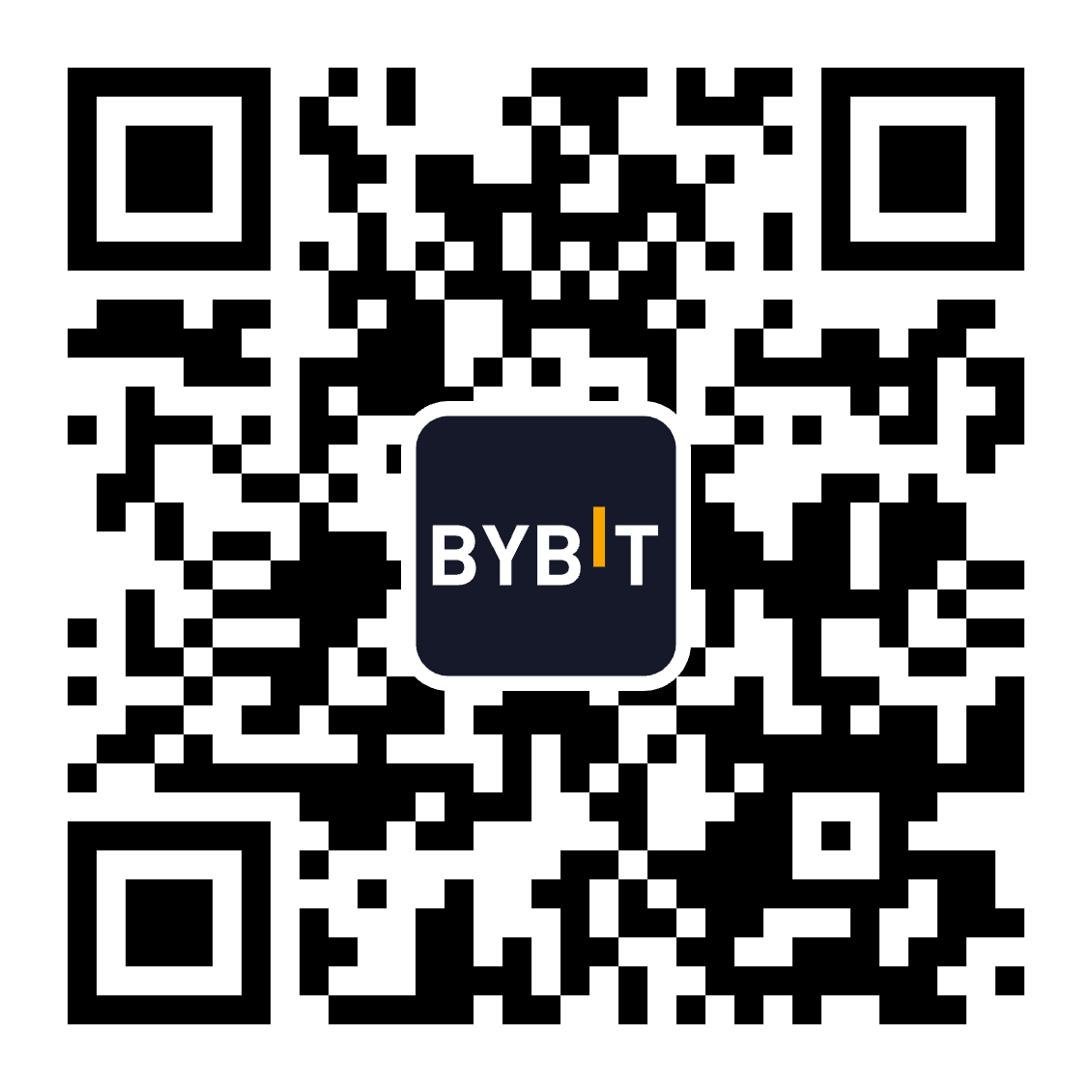Fidelity’s new stablecoin: A bold step into crypto stability
Show More
Quickly grasp the article's content and gauge market sentiment in just 30 seconds!
After first making headlines upon filing paperwork for its very own money market fund, Fidelity seems to be taking the next step toward this grand goal by issuing its own Fidelity stablecoin. Having a proprietary stablecoin pegged to the US dollar could be the start of a multi-stage scheme to help crypto achieve mainstream adoption.
If you're new to fund-issued stablecoins, or perhaps a crypto beginner whose attention has been piqued, you might be wondering how Fidelity’s stablecoin could impact the crypto market. From highlighting how the Fidelity stablecoin differs from its other fiat-backed counterparts (e.g., Tether and Circle) to elaborating on the possible motives for launching it, here's everything you need to know about the proposed Fidelity stablecoin.
Key Takeaways:
Fidelity Investments has built a reputation as a leader in financial services.
With the demand for digital asset services growing larger over time, Fidelity Investments has quietly been building its presence in the crypto space through Fidelity Digital Assets since 2018.
Fidelity recently announced that it would be launching its own stablecoin, to be pegged to the US dollar.
What is Fidelity?
Founded in 1946, Fidelity Investments has built a reputation as a leader in financial services. To date, it's managed trillions of dollars in assets for individuals and institutions alike.
Known for its innovative approach to investing, Fidelity has consistently stayed ahead of the curve by embracing new technologies and trends. From mutual funds to retirement accounts, it's fair to say that Fidelity is a trusted name in finance, and has successfully established its presence, thanks to its storied legacy in financial services.
Fidelity’s role in crypto adoption
Fidelity’s foray into crypto isn’t new. With the demand for digital asset services growing larger over time, the company has quietly been building its presence in the crypto space through Fidelity Digital Assets since 2018, with dedicated service that provides custody and trading services for institutional and individual investors.
By launching its own stablecoin, Fidelity is taking this commitment toward blockchain technology innovation to the next level, signaling its belief in the long-term growth potential of digital assets.
What is the Fidelity stablecoin?
Like many of its popular stablecoin counterparts, Fidelity’s stablecoin is pegged to the US dollar. This ensures price stability, a critical feature for traders looking to mitigate risk amid crypto's inherent volatility. Built on blockchain technology, this stablecoin is ostensibly designed to integrate seamlessly with Fidelity’s broader ecosystem of tokenized financial products. This means users can expect a secure, efficient and transparent digital asset that aligns with Fidelity’s high standards.
How Fidelity’s stablecoin stands out
While stablecoins like Tether’s USDT and Circle’s USDC dominate the market, Fidelity’s offering brings something unique to the table: trust. As a regulated financial institution with decades of experience, Fidelity offers a level of credibility that few other stablecoin issuers can match. Furthermore, its focus on regulatory compliance positions it as a safer alternative for both retail and institutional investors.
Why is Fidelity launching a stablecoin?
Bridging TradFi and crypto ecosystems
Fidelity’s stablecoin represents a deliberate effort to integrate its institutional expertise with blockchain’s efficiencies. By creating a dollar-pegged digital asset, the firm aims to serve as a trusted intermediary for clients navigating both traditional and crypto markets. Moreover, the Fidelity Digital Assets division has already laid the groundwork through Bitcoin custody services and crypto ETFs. The proposed stablecoin extends this infrastructure, allowing institutional investors to transition seamlessly between volatile cryptocurrencies and stable-value instruments without exiting Fidelity’s ecosystem.
Addressing surging market demand
The stablecoin market has grown exponentially, surpassing $200 billion in 2025. This surge is largely being driven by demand for volatility hedging and cross-border payment efficiency. Fidelity recognizes that traders and institutions increasingly require reliable on-ramps between fiat and crypto. Its stablecoin offers a compliant alternative to incumbents, such as Tether and Circle, who face lingering skepticism about reserve transparency. By entering this space, Fidelity would not only meet immediate demand, but position itself as a leader in institutional-grade digital assets, thus appealing to risk-averse entities.
Regulatory arbitrage and compliance
The US regulatory landscape under the current administration has shifted decisively toward crypto-friendly policies, and the Stablecoin Innovation Act and the GENIUS Act are advancing through Congress, aiming to establish clear rules for reserve backing and anti–money laundering compliance. Designed with Treasury reserves and audit transparency, Fidelity’s stablecoin aligns with these impending standards. By proactively adopting regulatory best practices, Fidelity avoids the scrutiny faced by Tether — and positions its stablecoin as a “gold standard” for institutional adoption.
Revenue diversification
Stablecoins generate revenue through interest earned on reserve assets. For example, Tether reported over $6 billion in net income in 2024 from its treasury holdings. Fidelity already manages $80 billion in its Treasury Digital Fund, and can potentially monetize its stablecoin reserves while offering competitive yields to clients. This creates a dual revenue stream, consisting of fees from asset management and interest from stablecoin reserves.
Competitive differentiation
The stablecoin market remains dominated by Tether and Circle, but their retail-focused models leave room for institutional alternatives. Fidelity’s brand reputation, combined with its existing relationships with hedge funds and pension plans, gives it a unique edge. For example, its stablecoin could integrate directly with retirement accounts, allowing 401k participants to allocate to crypto without custody risks. This differentiation is critical as rivals like BlackRock and Franklin Templeton expand their tokenized offerings.
How would the Fidelity stablecoin work?
While details are still scarce, the following are some likely use cases for the Fidelity stablecoin.
Using Fidelity’s stablecoin for staking
One of the most exciting use cases for Fidelity’s stablecoin is staking. For traders and investors, staking offers an opportunity to earn passive income by locking up their assets in support of blockchain networks. With Fidelity’s stablecoin, users could stake their holdings with confidence, knowing they’re backed by one of the most trusted names in finance.
Enhancing market liquidity and capital efficiency
Fidelity’s stablecoin is also expected to enhance liquidity across trading platforms. By providing a reliable medium of exchange that bridges fiat currency and digital assets, this stablecoin could streamline trading operations and reduce transaction costs, creating a win-win for traders and exchanges.
Facilitating real-world asset (RWA) tokenization
Fidelity's stablecoin is strategically positioned to drive the tokenization of RWAs by democratizing access through fractional ownership of commodities and real estate, thus streamlining the trading and settlement of tokenized securities as a stable exchange medium. This could ultimately foster a more efficient and transparent payment ecosystem for tokenized goods and services.
How will this impact the current crypto landscape?
Legitimization and mainstream adoption of crypto
Fidelity's established reputation within traditional finance lends significant credibility to the crypto space. This legitimacy can alleviate concerns among mainstream investors who have been hesitant, due to perceived risks or a lack of understanding. By offering a regulated stablecoin, Fidelity signals that digital assets are becoming a legitimate part of the broader financial landscape, encouraging greater participation from institutional and retail investors alike. This increased confidence can lead to wider adoption of crypto-related products and services, integrating them into everyday financial transactions.
Market stabilization and increased liquidity
The substantial capital that Fidelity brings to the market can significantly increase liquidity, reducing price volatility and making crypto assets more attractive to traditional investors. Increased liquidity facilitates smoother trading and reduces the risk of significant price swings, creating a more stable and predictable market environment.
Enhanced regulatory clarity and security
Fidelity's involvement encourages dialogue between regulators and established financial institutions, leading to clearer and more comprehensive regulatory frameworks for stablecoins and other digital assets. By leveraging its existing compliance and risk management expertise, Fidelity can contribute to the development of robust security standards and best practices for the crypto industry. This increased regulatory clarity and security can reduce the risk of fraud and market manipulation, fostering greater trust and confidence among investors.
Catalyst for DeFi innovation
The introduction of a regulated stablecoin from a trusted institution can accelerate the integration of traditional financial products and services into the decentralized finance (DeFi) space. Such integration can lead to the development of innovative financial instruments, such as tokenized securities and decentralized lending platforms, bridging the gap between TradFi and DeFi while allowing for far greater capital efficiency within the DeFi space.
Driving crypto infrastructure standardization
Fidelity's participation can drive the development of standardized infrastructure and interoperability protocols, facilitating seamless transactions across different blockchain networks and traditional financial systems. This standardization could improve the efficiency and scalability of the crypto market, thereby enabling greater adoption and integration with existing financial infrastructure.
What are the challenges that Fidelity may face?
Competing with USDT and USDC
While Fidelity's late entry into the stablecoin market is promising, due to its institutional credibility and regulatory focus, it does face substantial challenges. At the top of the list of Fidelity’s potential challenges: competing with established stablecoin giants like USDT and USDC will require Fidelity to demonstrate superior transparency, security and seamless integration of the Fidelity stablecoin within existing ecosystems.
Building trust with a potentially hesitant crypto native demographic and overcoming established network effects will also require strategic partnerships, competitive incentives and a flawless track record in maintaining a stable peg to the US dollar.
Regulatory landscape for stablecoins
The regulatory environment surrounding stablecoins is rapidly evolving. Recent developments such as the Guiding and Establishing National Innovation for US Stablecoins of 2025 (GENIUS) Act signal a more favorable stance toward crypto in the United States. For companies like Fidelity, this creates an opportunity to innovate within clear regulatory frameworks while addressing concerns around transparency and accountability. However, this evolving legislative landscape doesn't mean that Fidelity is out of the woods yet. This is especially so because regulations aren’t uniform across all jurisdictions. Therefore, Fidelity will need to demonstrate regulatory agility and adaptability to navigate these varying requirements.
Lastly, while there’s speculation that the Fidelity stablecoin could play a huge part in the company’s tokenized money market fund offering, there’s currently nothing set in stone. This is due to the inherent complexities of integrating a newly launched stablecoin into existing financial products, as well as the need to navigate potential regulatory hurdles related to that integration. Since Fidelity Digital Assets and Fidelity Digital Asset Management are two separate entities, there will likely be some coordination needed before Fidelity can incorporate its stablecoin into its onchain bond market.
The bottom line
Fidelity’s launch of its own stablecoin marks an important milestone in the evolution of digital finance. By combining stability with trust and regulatory compliance, this new offering has the potential to reshape the way traders interact with crypto. For beginners looking for a safe entry point into crypto, as well as experienced traders seeking reliable tools for staking and liquidity management, Fidelity’s stablecoin offers an enticing proposition.
Likewise, for institutional traders, the proposed stablecoin provides a compliant and secure bridge between traditional finance and DeFi, unlocking new avenues for managing assets and diversifying portfolios. While challenges remain, Fidelity’s entry is poised to accelerate the integration of digital assets into mainstream finance, ultimately paving the way for wider adoption and innovation.
#LearnWithBybit
Grab Up to 5,000 USDT in Rewards
Get additional 50 USDT welcome gift instantly when you sign up today.




